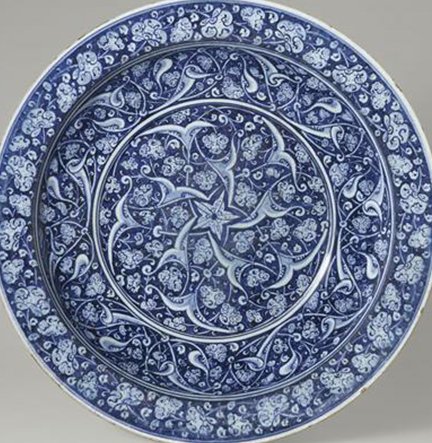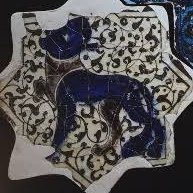TIL
(Yumi Tamura's BASARA)
Ageha met Asagi for the first time when he found Asagi lying injured in a deserted area. Asagi was attacked by stray dogs. Ageha told him off when Asagi said that he wanted to die but also wanted to live.
Source: the gaiden SARADA
(Yumi Tamura's BASARA)
Ageha met Asagi for the first time when he found Asagi lying injured in a deserted area. Asagi was attacked by stray dogs. Ageha told him off when Asagi said that he wanted to die but also wanted to live.
Source: the gaiden SARADA
Contd
Asagi was just a kid (maybe preteen or in his early teens) back then so he called Ageha "onii-san" (brother) & Ageha called him "gaki" (kiddo). Ageha was angry because Asagi initially let himself bleed profusely without doing anything. #BASARA
Asagi was just a kid (maybe preteen or in his early teens) back then so he called Ageha "onii-san" (brother) & Ageha called him "gaki" (kiddo). Ageha was angry because Asagi initially let himself bleed profusely without doing anything. #BASARA
https://twitter.com/basara_talk/status/1546720936325394434?s=20&t=V7GCnORw5k0r4TCOhI7fTA
• • •
Missing some Tweet in this thread? You can try to
force a refresh


























